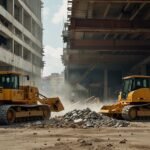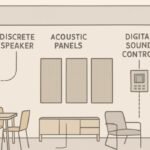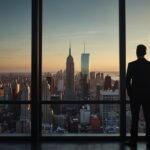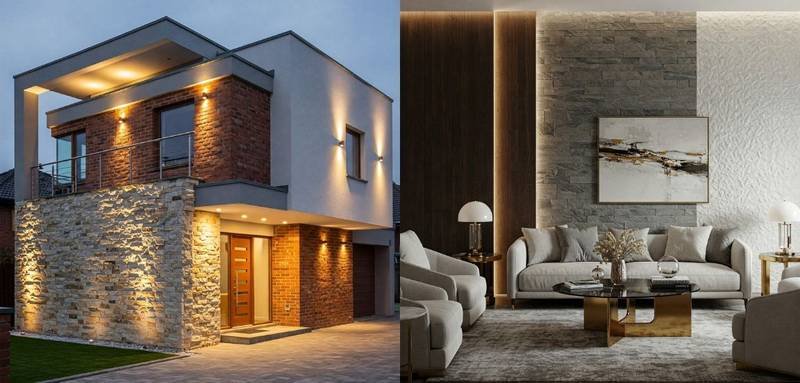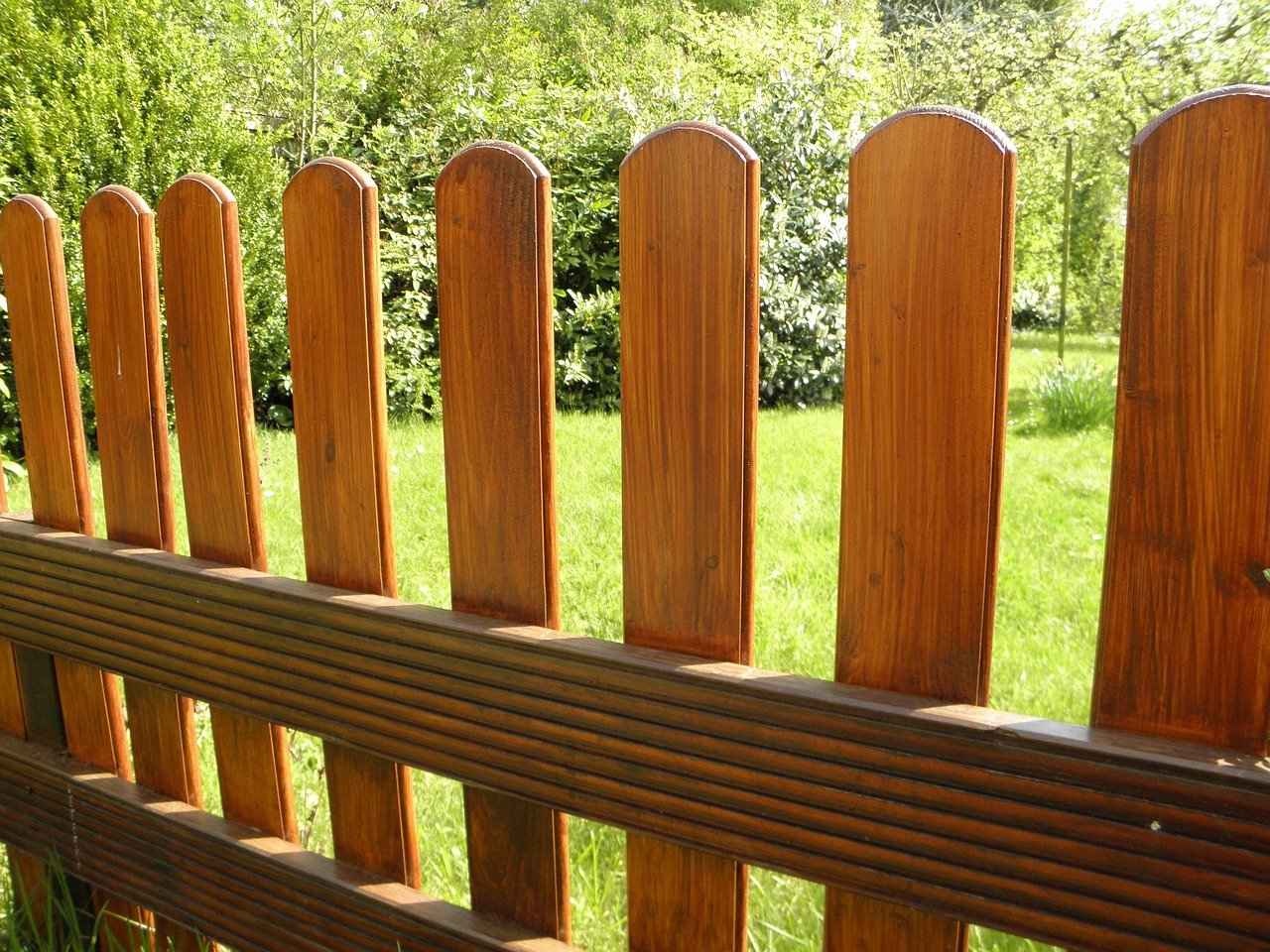External wall facade cladding has completely transformed how architects and homeowners think about building exteriors, moving way beyond the basic “slap some siding on it” approach to creating genuinely stunning visual statements. Modern cladding systems serve multiple purposes – they protect the building structure, improve energy efficiency, and create the visual identity that makes people stop and stare. Today’s options include everything from ultra-modern metal panels to natural stone veneers, each offering unique aesthetic possibilities and performance characteristics. Installation costs typically range from $15-50 per square foot depending on material choice and complexity, but the return on investment through increased property value and reduced maintenance often justifies the expense. Smart cladding design can make a modest building look expensive and a large building feel approachable, all while providing decades of weather protection and thermal performance.
Mixed Material Combinations That Actually Work
The most striking modern facade designs combine different cladding materials in ways that create visual interest without looking chaotic. The key is understanding how different textures, colors, and scales interact with each other.
Metal panels paired with natural wood create compelling contrasts between industrial and organic aesthetics. Cor-Ten steel develops a protective rust patina that complements cedar or teak beautifully, while aluminum panels maintain clean lines that make wood sections feel warmer by comparison.
Stone and glass combinations have evolved beyond the heavy, fortress-like appearance of older designs. Thin stone veneers can be installed in patterns that emphasize the building’s geometry while large glass sections maintain connection to the outdoors.
Fiber cement boards offer incredible versatility for mixed-material designs. They can be painted, textured, or finished to complement virtually any other cladding material while providing consistent performance characteristics across the entire facade.
Color coordination across different materials requires understanding how various surfaces reflect and absorb light. Metal panels might need deeper colors to achieve the same visual weight as textured stone, while glossy surfaces reflect surrounding colors in ways that matte finishes don’t.
The scale of different materials must work together harmoniously. Large format panels create bold, simple statements that work well with smaller accent materials, while busy patterns require simpler surrounding materials to avoid visual chaos.
Horizontal vs Vertical Installation Patterns
The orientation of cladding elements dramatically affects how a building appears and feels, with each approach offering distinct advantages for different architectural styles and site conditions.
Horizontal installation naturally emphasizes the building’s width and can make tall structures feel more grounded and approachable. This orientation works particularly well for residential applications where human scale is important.
Vertical cladding draws the eye upward, making buildings appear taller and more formal. This approach works well for commercial applications or residential designs where height emphasis is desired.
Diagonal installations create dynamic visual interest but require careful planning to avoid overwhelming the design. These patterns work best as accent elements rather than primary cladding strategies.
Mixed orientations within the same facade can define different areas of the building or create visual rhythms that guide the eye across the surface. Successful mixed-orientation designs typically use one direction as primary and others as accents.
The structural implications of different orientations affect both installation costs and long-term performance. Vertical installations may require different furring strip spacing than horizontal, and diagonal patterns often need custom support systems.
Color and Texture Strategies for Maximum Impact
Modern cladding design goes far beyond choosing between “light” and “dark” colors, incorporating sophisticated understanding of how different surfaces interact with natural light throughout the day.
Monochromatic schemes using variations of a single color family create sophisticated, unified appearances that emphasize form over surface decoration. These approaches work particularly well with complex architectural geometries where color variation might compete with structural interest.
Accent colors can transform the entire character of a facade when used strategically. A single wall or architectural element in a contrasting color can create focus and hierarchy without overwhelming the overall design.
Textured surfaces change color appearance throughout the day as shadows move across the facade. Deeply textured materials like split-face concrete blocks or rough-sawn wood create constantly changing visual interest that smooth surfaces can’t match.
Metallic finishes reflect surrounding colors and light in ways that can either harmonize with or dramatically contrast with the surrounding environment. Understanding the site’s lighting conditions and neighboring structures is crucial for successful metallic cladding selection.
Regional climate considerations affect color choices significantly. Dark colors absorb more heat and may fade faster in intense sun, while very light colors can create glare problems in certain orientations.
Sustainable and High-Performance Options
Modern cladding materials increasingly emphasize environmental responsibility and energy performance alongside aesthetic considerations, creating options that look good while supporting building efficiency goals.
Recycled metal panels offer the aesthetic benefits of new materials while reducing environmental impact. Many manufacturers now offer cladding made from recycled aluminum or steel that performs identically to virgin materials.
Rapidly renewable materials like bamboo and cork provide unique aesthetic options while supporting sustainable building practices. These materials often require specialized installation techniques but offer distinctive appearances that conventional materials can’t match.
High-performance insulated cladding systems combine exterior finish with thermal barrier properties, reducing energy costs while creating clean, modern appearances. These systems typically cost more initially but provide ongoing energy savings.
Photovoltaic cladding integrates solar energy generation directly into the building facade, creating dual-purpose systems that generate power while providing weather protection. While still expensive, these systems are becoming more viable as technology improves.
Living wall systems represent the ultimate integration of building envelope and environmental performance, though they require sophisticated irrigation and maintenance systems to remain attractive long-term.
READ ALSO: Accessible Beige: The Designer-Approved Greige That Transforms Any Space
